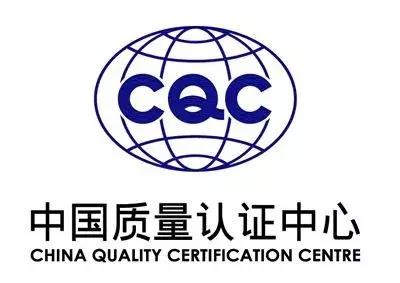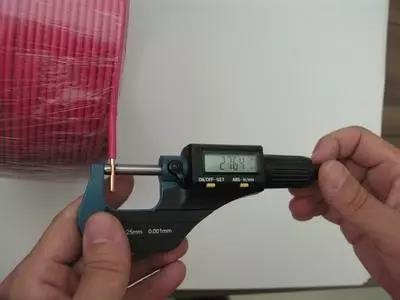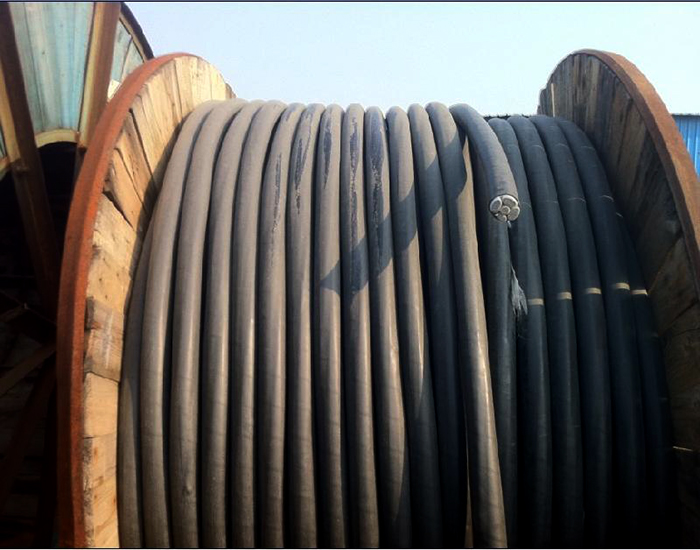For a long time, there is a headache for aaac cable sales, that is, whether the loss of square cable is non-standard cable. Because many customers like to measure the diameter of cable conductor, it can be used to determine whether the cable is qualified. So many people discuss, is copper wire diameter smaller than national standard calculate non-standard?
Recently, a report issued by CQC, an authoritative organization, attracted the attention of the industry. This report also answers the problem that bothers many people. With this report, you sales owners can explain this to the customers.
What organization is CQC?

CQC is a national certification institution approved by the central organization preparation committee and established by the State Administration of quality supervision, inspection and quarantine and entrusted to the state accreditation and supervision commission. CQC is the earliest, largest and authoritative certification institution in China to carry out quality certification. In recent decades, CQC has accumulated rich international quality certification experience, and has achieved outstanding achievements in various businesses. The number of certified customers ranks first in the national certification organization and the top of the global certification organization.
The above introduction is extracted from Baidu Encyclopedia, and you can find it by yourself( Learn more cable technology, please click here, mass dry goods wait for you) after a simple introduction, we believe that CQC’s report is authoritative. Let’s go to the topic below to see what this report explains.
[nominal] cross section of cable conductor
Nominal sectional area: refers to the quantity value specified in the product standard and is often used in the table. The quantity value extended from the nominal value shall be generally tested by measurement under the specified tolerance.
From this concept, we can know that this nominal cross-sectional area is only used to describe the specifications of wires and cables, but only the code or name of the specification, which is convenient for production management and document representation.
The actual cross-section area of cable conductor
Actual cross-section: it refers to the actual cross-sectional area of the conductor, which is the value measured by micrometer. For the manufacturers of wires and cables, the design of conductor section of a nominal section can meet the standard requirements. It means that the design section (electrical section) under this nominal section shall meet the standard requirements, namely whether the DC resistance meets the standard requirements.
With the improvement of the production technology and the progress of science and technology, the advanced production technology of oxygen free copper has been widely used. The resistivity of copper conductor material is enough to ensure that the DC resistance of corresponding specification can be met with copper wire less than the nominal diameter.
In summary, the phenomenon that DC resistance is qualified in cable industry is generally found, but the actual diameter of the core is smaller than the nominal diameter or the actual section is smaller than the nominal section, which is in line with the requirements of product standards.

Requirements for conductor cross-section area in the standard
At present, the product standards of major mainstream standard systems of wires and cables adopt nominal sectional area or specification code to distinguish conductors with different sections. For example, IEC standard, European standard and national standard (gb/t5023, gb/t12706, etc.).
Among them, the evaluation of different section specifications and codes is required by the conductor resistance value, rather than the actual measurement of conductor cross-section area.
In the national standards gb/t 5023-2008, gb/t 5013-2008 and gb/t 12706-2008, the main provisions of cable conductor are in accordance with the requirements of gb/t3956.
The main assessment includes:
(1) The maximum diameter of single line of soft conductor and the minimum number of single wire in hard conductor;
(2) Resistance of conductor at 20 ℃.
Above is our simple interpretation of this report. After you have read it, you will know whether the cable is qualified is not determined by its cross-sectional area, but resistance. If you have such a dispute again, you should show him this article and correct the incorrect idea together.

